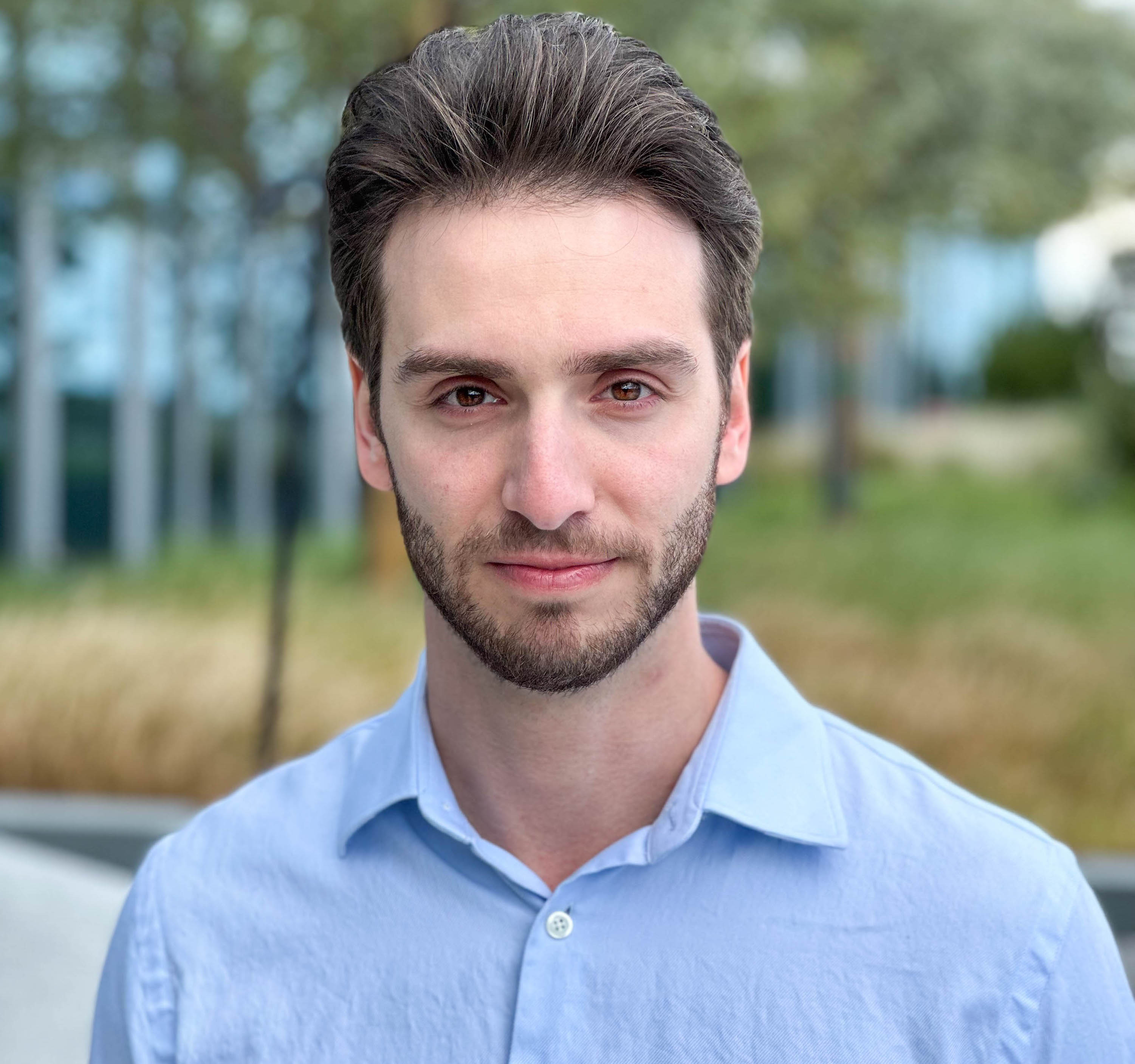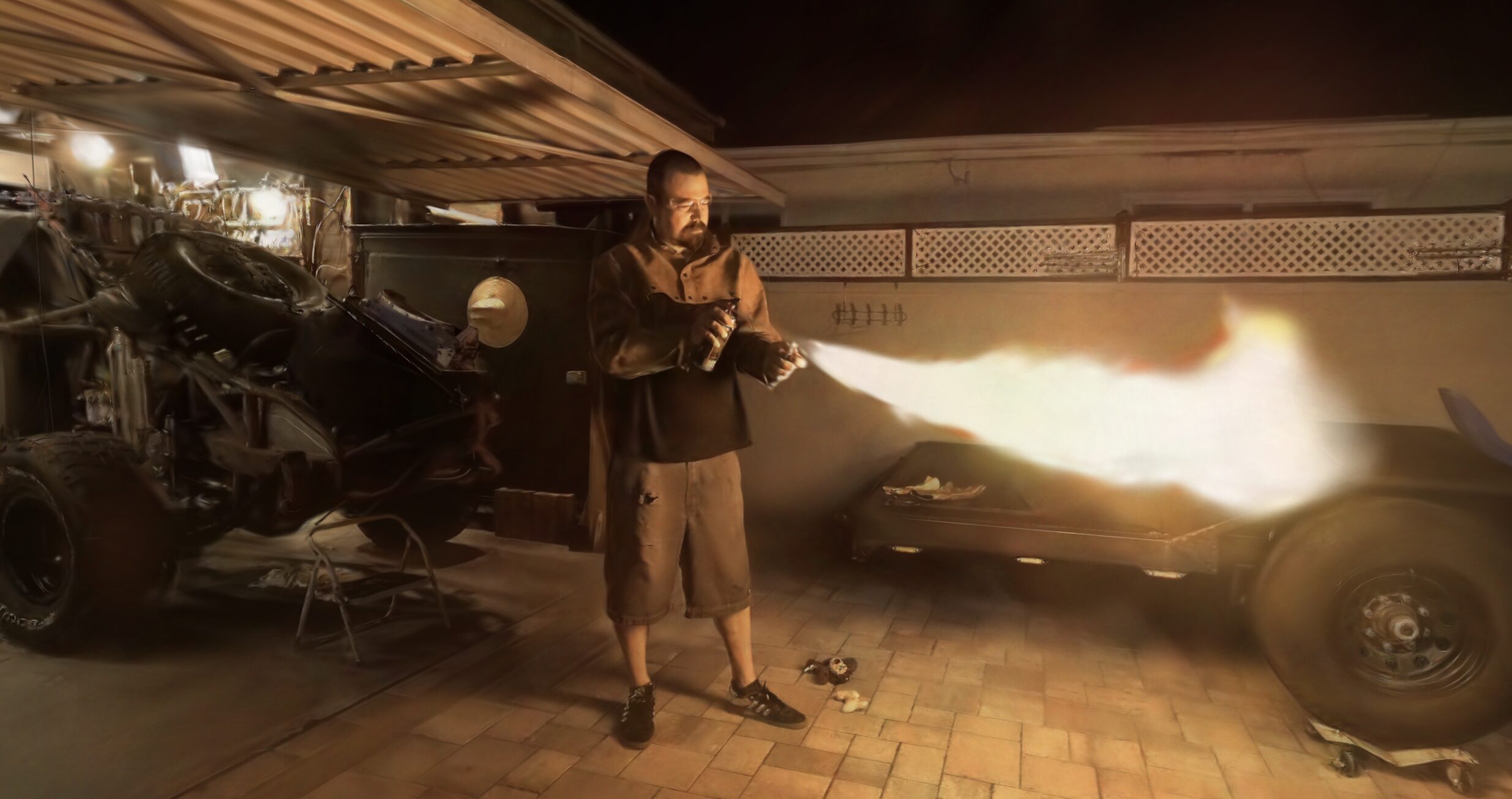It's not often that a foundational new way of capturing the world emerges. It’s hard for us to be able to compare to something like this, but over the last three years, radiance fields have emerged, allowing creators to document fully photorealistic environments in three dimensions. On top of that, recent computer vision methods have begun building on top of radiance fields to expand capabilities and create commercial use cases.
Both of these have set the stage for the newest camera to be unveiled by Sony Electronics, the ILX-LR1. It’s not one that you’ve seen before, and at first glance, some of its specifications might appear confusing. For instance, there is no viewfinder. There is no LCD screen. There isn’t even a battery in it. But as we begin to dive into why, it will all begin to make sense and the appreciation for the design will become apparent. This is a camera that has been thought through.

It’s clear the ILX-LR1 is built for photogrammetry, but behind the disruptive nature of radiance fields, it’s easy to see how this camera will exceed and become inordinately popular.
Similar to how cameras began to have articulating screens in the early 2010’s with the rise of vlogging, we are entering into a new age of camera design– one that’s geared towards documenting the world. That phrase itself feels anachronistic and wrong when talking about cameras, given that the function of a camera is to document what it sees. However, now we are able to photorealistically document the world in full three dimensions through radiance fields.

Look how small the ILX-LR1 is in the hands of this employee. It looks more like a GoPro than a 61 megapixel full frame camera. Now remember that it’s producing 9,504 x 6,336 pixel images! Here you finally start to get a sense how miniscule the body is and why that makes a huge difference on a drone. When I’ve flown my drone, I always have it in the back of my head to check the battery level, because it never seems to be quite long enough. This tiny camera helps partially alleviate that concern by its small form factor and weight.
Judging by its size, you can already guess it’s lightweight. But, how much so? The ILX-LR1 comes in at 8.6oz. I realized two things when I read that for the first time. First, that’s incredibly lightweight. Second, I had no idea what my current camera weighs. Immediately I went to Google and found out that my personal DSLR weighs 31.4 ounces, almost four times heavier. Wow, that’s a small camera.
If you need to be shooting video, it also is able to shoot 4K 60, which is all you can ask for. In addition, it’s able to shoot S-log3. Sure it’s not the 4K 120fps like in the A7Siii, but again, that’s not what this camera is meant for. The ISO can go up to 32,000 and finally now that we have technology like radiance fields that don’t suffer from image grain, shooting at the higher ends of that spectrum is feasible.
I highly doubt that you’ll see this body being equipped with high focal length lenses. It shoots three frames a second (3 fps) and that should be more than enough for someone looking to use the 9,504 x 6,336 pixel image size you’re getting.
Sony clearly is not going to put unnecessary features in the camera and the actual users of it will be thankful for this. For example, there is no in-body image stabilization, which is a huge positive for radiance field generation.
There are so many use cases for this camera combined with radiance fields. As we’ve seen Google state, they’re looking to have entire views of cities with Immersive View. When you’re documenting spaces on the scale that Google is, that added flight time and image quality is going to be extraordinarily difficult to make up from another camera body. Additionally, we can see more use cases from construction sites, maintenance, engineering, architecture, and many others.
Shutterstock has also announced their intention to build a radiance field library and with their massive user base, this will definitely be a camera body that gets picked up. However, I can also see this camera being adopted by large light stages and companies like Infinite Realities. With all of these features jam packed into a small body and the commercial use of it, I was expecting the price to be on par with some of the larger bodies, but it comes in below $3K.
Paired with recent papers, such as VastGaussian, it is likely that we begin seeing large scale radiance fields across the AEC world.
Sony was at the forefront of the DSLR to mirrorless evolution and they appear to be at the forefront yet again with the ILX-LR1. The camera so far has flown under the radar (no pun intended), but I have a sneaking suspicion that it’s because they’re being snatched up by drone companies. The ILX-LR1 is available now at retailers.
As a note, I was sent a loaner of the ILX-LR1 from Sony to try.
More from Michael Rubloff













